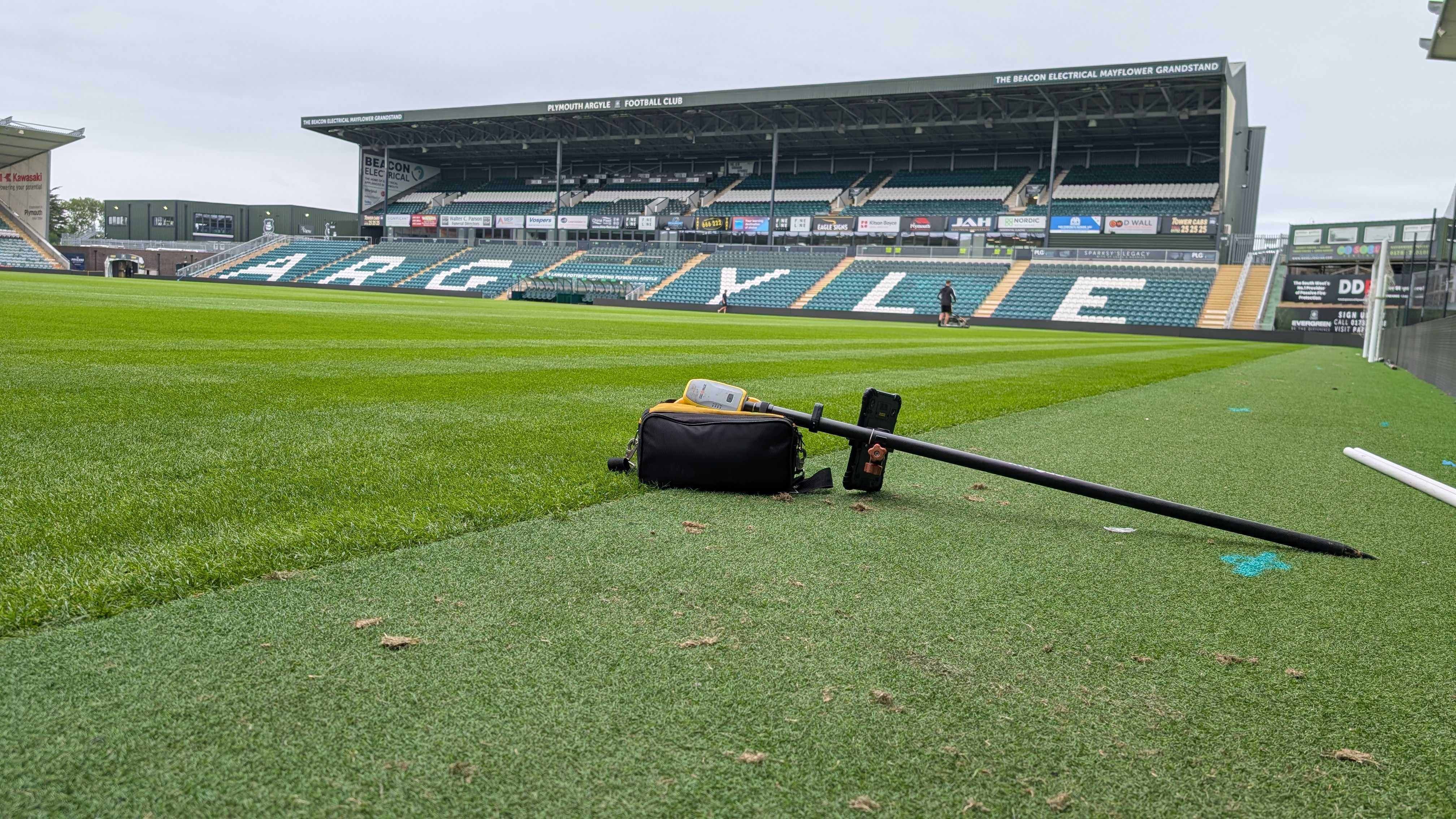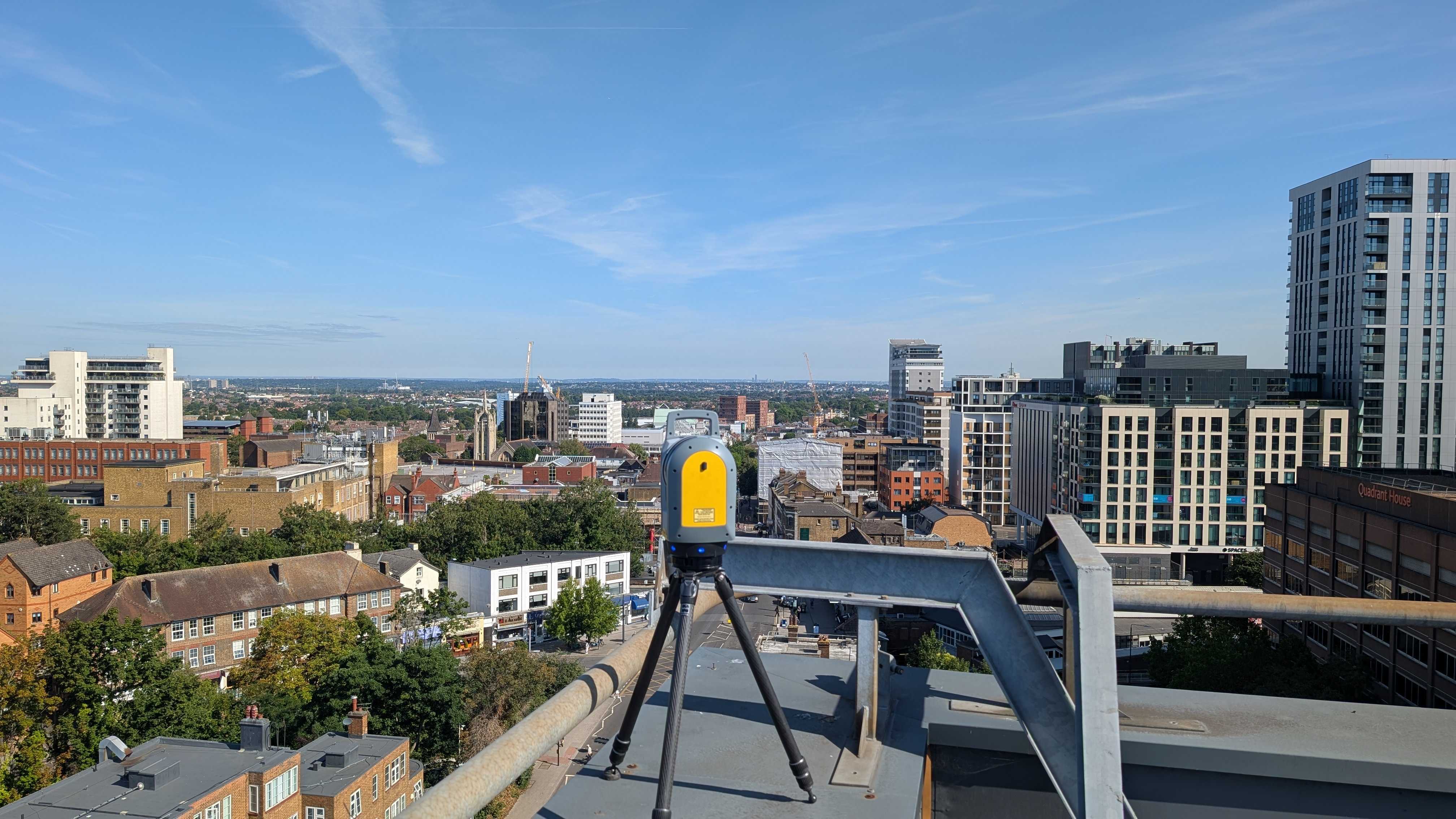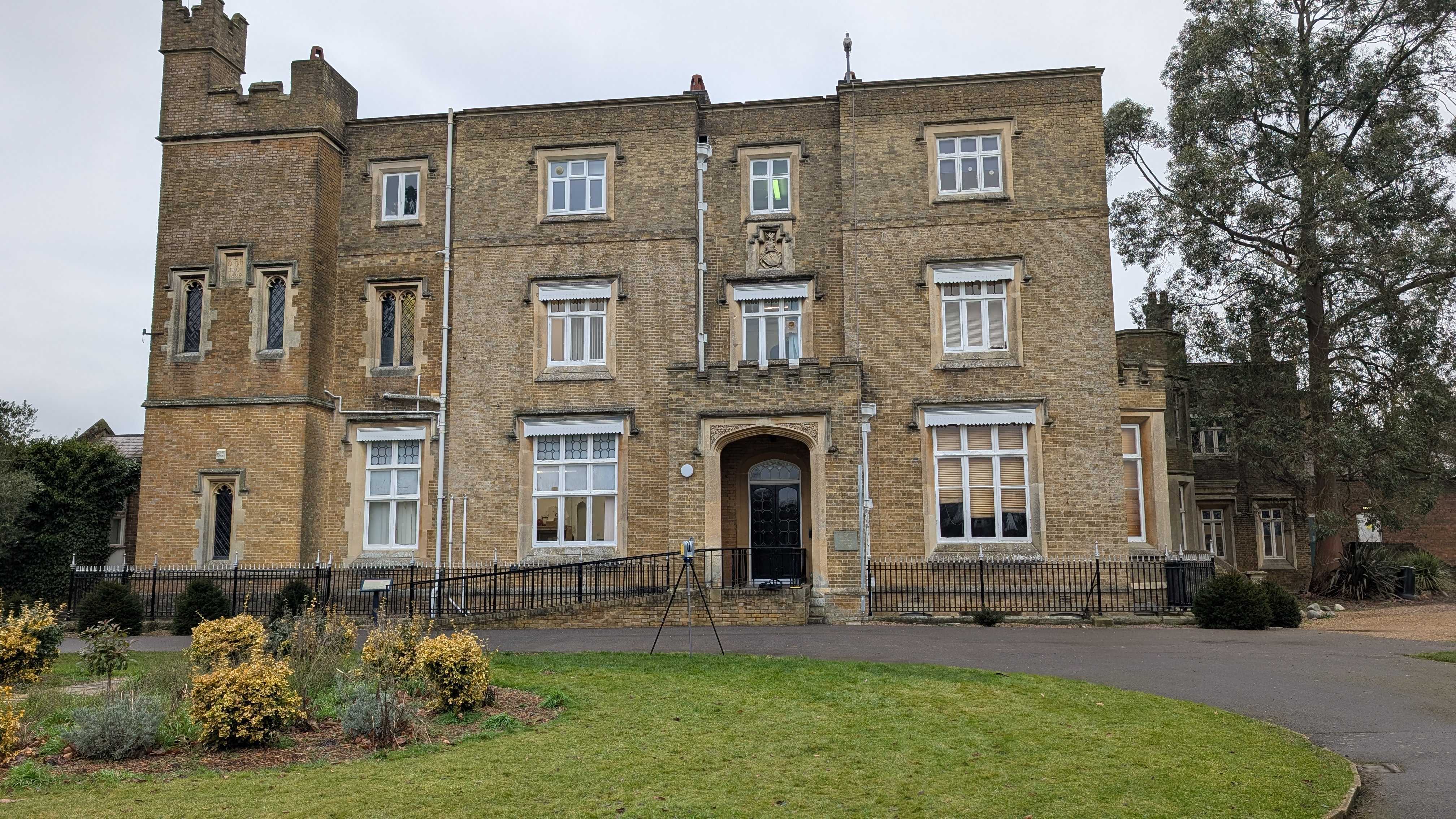Accuracy is everything in surveying.
Whether it's mapping out property boundaries, planning a large-scale construction project, or ensuring underground utilities are properly recorded, even the smallest miscalculation can lead to costly mistakes.
Surveyors rely on the newest technology and advanced techniques to achieve pinpoint accuracy. GPS, laser scanning and GNSS software have continued to improve the way survey data is collected, analysed, and applied.
But how exactly do surveyors achieve such high levels of accuracy?
In this blog, we take a behind-the-scenes look at the powerful tools and techniques that ensure reliable results, helping you to understand surveying better.
The Role of Accuracy in Surveying
Precision in surveying is not just about getting the numbers right—it’s about ensuring that projects are built on solid, reliable data. Whether it’s defining property boundaries, mapping underground utilities, or setting out construction sites, accuracy is the foundation that keeps developments legally compliant and financially efficient.
A misplaced boundary line could lead to costly legal disputes between property owners. An inaccurate elevation reading might result in drainage issues or structural instability. In large construction projects, incorrect positioning of foundations can cause expensive rework and delays.
At Intersect Surveys, we prioritise precision by leveraging GPS and GNSS technology to achieve highly accurate positioning, even in challenging environments. Laser scanning allows us to create detailed 3D models of land and structures, capturing measurements with millimetre-level accuracy.
Cutting-Edge Tools That Drive Accuracy
At Intersect Surveys, we use state-of-the-art tools like GPS, GNSS, and laser scanning to ensure accuracy in every project.
GPS & GNSS (Global Navigation Satellite Systems)
GPS (Global Positioning System) and GNSS (which includes additional satellite constellations) allow surveyors to pinpoint locations with extreme accuracy. These systems provide real-time positioning data, ensuring that every measurement aligns with exact geographic coordinates. Whether working on open land or complex urban environments, GNSS technology ensures reliable, consistent results.
Laser Scanning for 3D Precision
Laser scanning revolutionises surveying by capturing millions of data points in a matter of seconds. By using high-speed laser beams to measure distances, angles, and elevations, surveyors can create detailed 3D models of land and structures. This technology is particularly useful for mapping uneven terrain, historical buildings, and construction sites where precision is critical.
By integrating these tools with expert field techniques, surveyors minimise errors and provide data that developers, engineers, and property owners can rely on. These technologies don’t just improve accuracy—they also save time, reduce costs, and help projects move forward with confidence.
Key Techniques Surveyors Use to Maintain Precision
While advanced tools like GPS, GNSS, and laser scanning provide surveyors with highly accurate data, precision isn’t just about using the right technology—it’s also about applying the right techniques. Surveyors follow strict methods to cross-check data, minimise errors, and ensure every measurement is as precise as possible.
Control Points and Reference Networks
Surveyors establish fixed control points on-site, serving as known reference positions that help maintain accuracy throughout a project. These points, often determined using GNSS, allow for consistent measurements and ensure that different data sets align perfectly over time.
Multiple Measurement Methods for Verification
Surveyors use multiple techniques—such as cross-referencing GPS data with total station readings or verifying laser scans with traditional levelling methods—to detect and correct any discrepancies. This redundancy ensures that errors are caught before they become costly problems.
Regular Calibration and Equipment Checks
Surveying instruments must be regularly calibrated to maintain their accuracy. Environmental factors, daily use, and minor shifts in alignment can affect precision, so surveyors routinely test and adjust their equipment.
Compensating for Environmental Factors
Accuracy can be influenced by external factors like atmospheric conditions, signal interference, and terrain challenges. Skilled surveyors adjust for these variables, using techniques such as signal correction for GNSS data, selecting the right laser scanning angles, or strategically placing equipment to avoid obstructions.
The Future of Surveying Accuracy
Surveying has always been about precision, but advancements in technology are pushing accuracy to levels previously unimaginable. As industries demand even more reliable data for construction, land development, and infrastructure planning, the future of surveying is being shaped by cutting-edge innovations that enhance speed, efficiency, and precision.
Here are just a few:
- AI and Machine Learning in Data Processing
- Real-Time GNSS and Augmented Reality (AR) Integration
- The Rise of Autonomous Surveying with Drones and Robotics
- Laser Scanning and LiDAR Advancements
- Cloud-Based Collaboration and Instant Data Sharing
As Intersect Surveys continues to embrace the latest technology, we remain committed to delivering industry-leading accuracy and reliability in every project.
Conclusion
Whether defining property boundaries, planning construction projects, or mapping underground utilities, precision ensures compliance, minimises costly mistakes, and keeps projects on track.
Thanks to advanced tools like GPS, GNSS, and laser scanning, surveyors today can achieve levels of accuracy that were once impossible, reducing human error and increasing efficiency.
At Intersect Surveys, we combine cutting-edge technology with proven techniques to deliver highly reliable results. Our commitment to precision means that you can trust the data we provide—whether you're buying land, developing property, or managing infrastructure projects.
If you need a survey that prioritises accuracy and uses the latest advancements in surveying technology, get in touch with us today.
Let’s ensure your project is built on the right foundation—literally.
FAQs
1. How accurate are modern land surveys?
Modern land surveys can achieve millimeter-level accuracy, thanks to advanced tools like GPS, GNSS, and laser scanning. The exact precision depends on the type of survey, environmental conditions, and the methods used, but professional surveyors apply rigorous techniques to ensure data reliability.
2. What factors can affect the accuracy of a survey?
Several factors can influence survey accuracy, including atmospheric conditions (such as weather and signal interference), terrain obstacles, equipment calibration, and human error. Surveyors compensate for these by using multiple measurement methods, establishing control points, and regularly calibrating their instruments.
3. Why is high accuracy important in surveying?
Accuracy is critical because even small miscalculations can lead to costly mistakes, such as boundary disputes, construction errors, or safety hazards. High-precision surveys ensure compliance with regulations, prevent legal issues, and help projects stay on schedule and within budget.








